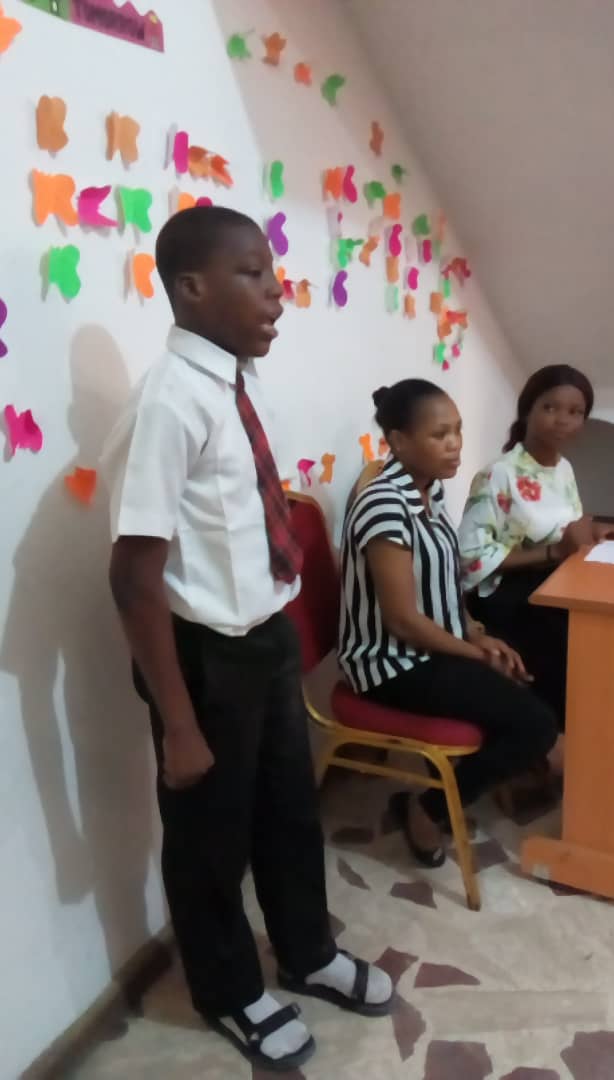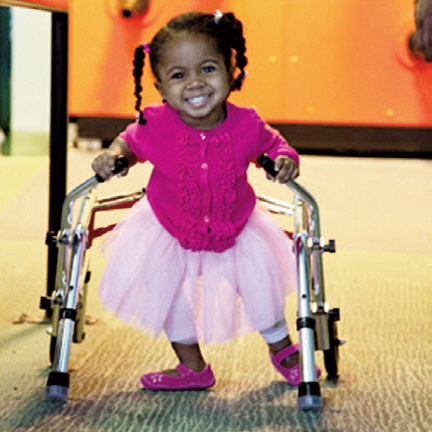
Intra-School Debate on Gender Equality
June 18, 2019
Cerebral Palsy, A Summary of Therapy and Best Practices
June 22, 2019Speech Difficulties – What’s Normal and When to Seek Help
As with other skills and milestones, the age at which kids learn language and start talking can vary. Many babies happily babble “mama” and “dada” well before their first birthday, and most toddlers can say about 20 words by the time they’re 18 months old. But what if a 2-year-old isn’t really talking yet or only puts two words together?
It’s perfectly normal for children to make some mistakes as they learn to pronounce new sounds, and every sound has a different age-range at which we would expect kids to get the hang of it. While all children learn at their own pace, it is still helpful to monitor their progress as they reach speech-related milestones. By ensuring kids are fairly intelligible at the right age, we prepare them to get the most out of early schooling. Problems with children’s speech clarity can arise for a variety of reasons, whether it’s simply part of the learning process or is caused by a more serious issue such as hearing loss. Whatever the underlying reason may be, we can classify speech issues either as delays or disorders. A speech delay is when mistakes continue past an appropriate age, and is not necessarily a cause for concern; Young children often make speech errors such as the replacement of “r” sounds with “w”, or omitting sounds entirely. It is only worth investigating when these errors show no sign of improvement as the child matures. A speech disorder, however, can be more of a concern, as it is means a child is substituting or deleting a sound in a way that differs from the normal developmental process. Speech disorders are unlikely correct themselves with time.
Knowing what’s “normal” and what’s not in speech and language development can help parents figure out if there’s cause for concern or if their child is right on schedule. Speech and language disorders can affect the way children talk, understand, analyze or process information. Speech disorders include the clarity, voice quality, and fluency of a child’s spoken words. Language disorders include a child’s ability to hold meaningful conversations, understand others, problem solve, read and comprehend, and express thoughts through spoken or written words
What Are Speech or Language Delays?
Speech and language problems differ, but often overlap. For example:
A child with a language delay might pronounce words well but only be able to put two words together.
A child with a speech delay might use words and phrases to express ideas but be difficult to understand
Other speech difficulties may include difficulties pronouncing words clearly or stringing lengthier sentences
What Causes Speech or Language Delays?
A speech delay in an otherwise normally developing child might be due to an oral impairment, like problems with the tongue or palate (the roof of the mouth). And a short frenulum (the fold beneath the tongue) can limit tongue movement for speech production.
Many kids with speech delays have oral-motor problems. These happen when there’s a problem in the areas of the brain responsible for speech, making it hard to coordinate the lips, tongue, and jaw to produce speech sounds. These kids also might have other oral-motor problems, such as feeding difficulties. Hearing problems are also commonly related to delayed speech. That’s why an audiologist should test a child’s hearing whenever there’s a speech concern. Kids who have trouble hearing may have trouble articulating as well as understanding, imitating, and using language. Ear infections, especially chronic infections, can affect hearing. Simple ear infections that have been treated, though, should not affect speech. And, as long as there is normal hearing in at least one ear, speech and language will develop normally.
Some speech delays may also be linked to Autism Spectrum Disorder (ASD), which is a neurobehavioural challenge that makes imitating and using language difficult. In this case, you may observe patterns of poor social skills, poor eye contact, not responding to name when called, poor receptive skills and some repetitive or in some cases challenging behaviours
When to be Concerned
Caregivers or people familiar to the child are in the best position to notice the early signs of speech disorders. That is to say, it’s worth considering extra support if a child is very difficult to understand by caregivers, if it looks like he or she is struggling to make sounds, or is aware that other people cannot understand his or her words. Below is a range of simplified speech clarity milestones, which although only approximate, will serve as a starting point to assess your child’s progress:
- By 18 months, 25% of speech should be intelligible to familiar people.
- By 24 months (two years), 50 to 75% of speech should be intelligible to familiar people.
- By 36 months (three years), 75 to 100% of speech should be intelligible to familiar people.
- By four years of age, a child should usually be understood, including by people who are unfamiliar to them.
nike shox mens australia women soccer players – White – DA8301 – 101 – Nike Air Force 1 ’07 LX Women’s Shoe | nike air force 1 6 inch boot forged iron – 150 – Cheap Air Jordan 1 Mid GS “Holiday” White/Black – Roma Green – University Red 2021 For Sale DM1208

